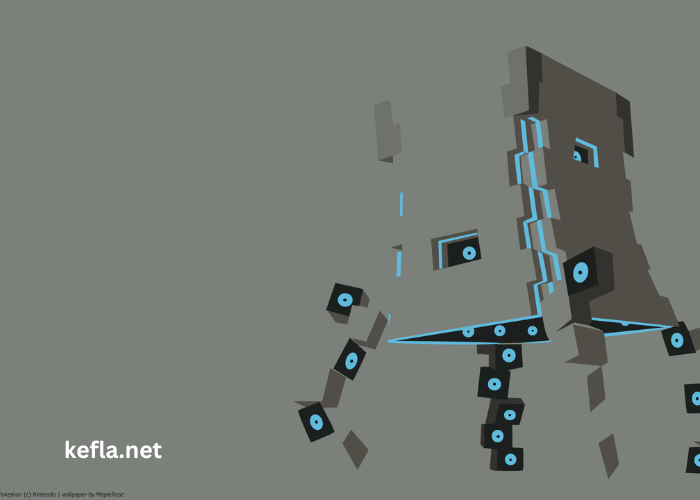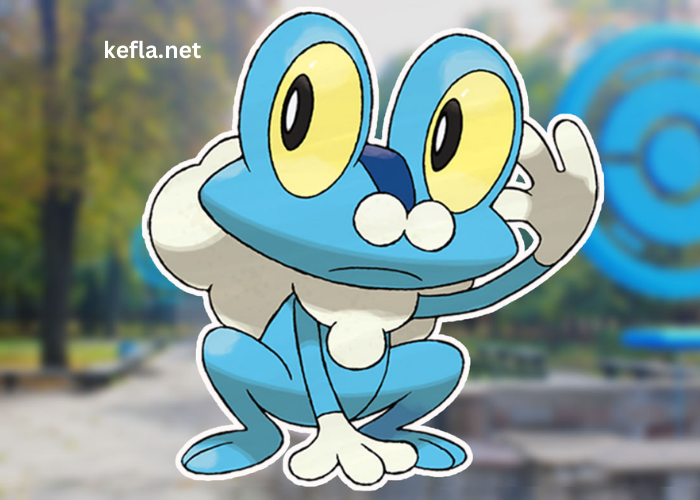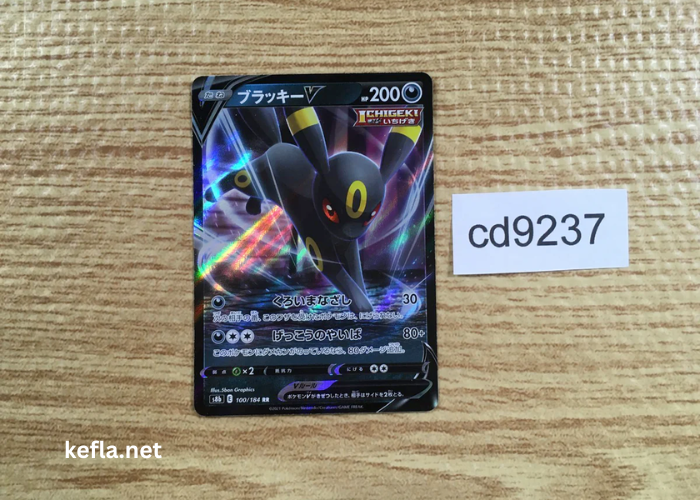Stakataka is one of the most intriguing Ultra Beasts introduced in the Pokémon series. This unique Pokémon is a fascinating sight, composed of many stone lifeforms stacked together to form a massive, four-sided tower.
With spindly legs at each corner, Stakataka stands as a dark gray and imposing figure in the Pokémon universe. If you’re curious about this extraordinary creature, you’ve come to the right place!
Key Points to Know:
- Stakataka is an Ultra Beast with a tower-like structure made of stone.
- It has four spindly legs, each supporting the tower-like body.
- Stakataka is both a rock- and steel-type Pokémon, making it a force to be reckoned with.
What Is Stakataka?
Stakataka is a Pokémon that belongs to the Ultra Beast category, a group of extraterrestrial creatures introduced in Pokémon Sun and Moon. These Pokémon are known for their otherworldly appearances and incredible powers. What makes Stakataka particularly unique is its design. It resembles a towering structure made from dark gray stone blocks stacked in a way that gives it a towering, fortress-like appearance.
The stone-like body of Stakataka is supported by four spindly legs, each positioned at the corners of the structure. These legs are relatively thin compared to the large body of Stakataka, but they are sturdy enough to carry its weight. This Pokémon also has glowing blue eyes that give it a somewhat mystical and eerie appearance. It’s clear that Stakataka was designed to evoke feelings of mystery and awe, which is characteristic of the Ultra Beasts.
Stakataka’s origin is tied to Ultra Space, the dimension from which all Ultra Beasts originate. Its behavior and abilities make it a fearsome adversary in battles, and it is often sought after by trainers who want a powerful Pokémon on their team.
How Does Stakataka’s Appearance Relate to Its Type?
Stakataka is a rock- and steel-type Pokémon, which perfectly complements its stone-like appearance. The steel typing is reflected in its tough, metallic components, while the rock typing is symbolized by the stone blocks that make up its body. This combination of types gives Stakataka a strong defensive capability, allowing it to resist many types of attacks, including those from fire, normal, and poison-type moves.
The steel typing also contributes to its ability to deal considerable damage with moves like Iron Head and Heavy Slam. As for its rock typing, moves like Stone Edge make it a formidable opponent against other Pokémon, especially those with a weakness to rock-type attacks.
The unique structure of Stakataka’s body further enhances its tactical role in battles. As a towering fortress of stone, Stakataka can use its large body to block attacks and unleash devastating strikes in return. Its heavy weight is both an advantage and a limitation. While it is incredibly resilient, it is also quite slow, making it vulnerable to faster opponents that can avoid its attacks.
Reminder: Stakataka’s combination of rock- and steel-typing makes it an excellent defensive Pokémon, but its speed can be a significant disadvantage.
What Moves Does Stakataka Use in Battle?
Stakataka boasts a wide variety of moves that make it a dangerous contender in battle. Here are a few of the notable moves it can learn:
- Heavy Slam: A steel-type move that deals more damage the heavier Stakataka is compared to its opponent.
- Stone Edge: A rock-type move with high critical hit chances, making it especially useful against flying-types.
- Gyro Ball: A steel-type move that becomes stronger the slower Stakataka is compared to the target.
In addition to these moves, Stakataka can learn several support moves like Stealth Rock, which can deal residual damage to opponents when they switch in, and Toxic, a status move that can slowly drain the opponent’s health.
Stakataka’s movepool makes it a well-rounded Pokémon that can serve as both a defensive wall and a potent offensive attacker. However, due to its slower speed, trainers must plan their strategy carefully and anticipate the opponent’s moves.
How Can Trainers Obtain Stakataka?
Stakataka can be found in Pokémon Ultra Sun and Ultra Moon, where it is encountered as part of the story in the Ultra Recon Squad’s quest. As an Ultra Beast, it cannot be caught like regular Pokémon in the wild; instead, players must first complete the story events and then be able to challenge Stakataka in the Ultra Megalopolis.
In Pokémon Sword and Shield, Stakataka is available through special events or trade. Given its status as an Ultra Beast, finding Stakataka can be tricky, but it is well worth the effort. In the Pokémon games, Ultra Beasts like Stakataka have their own unique encounter conditions, which adds to their mystery and allure.
Reminder: Stakataka is an Ultra Beast, which means it cannot be caught through traditional means and requires specific conditions to be obtained.
What Are Stakataka’s Strengths and Weaknesses?
Stakataka’s defensive capabilities make it one of the toughest Pokémon to break through. Its rock- and steel-typing gives it resistance to many types of moves, including normal, flying, psychic, and ice-type attacks. This resistance allows Stakataka to shrug off hits from many opponents and remain standing tall.
However, its weaknesses lie in its vulnerability to certain types. As a rock- and steel-type, Stakataka is weak against ground, fire, fighting, and water-type moves. These types can deal significant damage, so trainers must carefully manage its weaknesses during battle.
Here’s a simple comparison table of its resistances and weaknesses:
| Type | Resistance | Weakness |
| Rock | Fire, Flying | Fighting, Water, Ground |
| Steel | Psychic, Ice | Fire, Ground, Fighting |
Stakataka’s defensive strengths make it a valuable asset in many battles, but its speed disadvantage means it’s better used strategically. Trainers must ensure that Stakataka is not overwhelmed by faster, stronger opponents.
Conclusion
Stakataka is a fascinating Ultra Beast with a unique design that makes it stand out in the Pokémon universe. Its towering, stone body and spindly legs create an imposing presence, while its rock- and steel-typing give it incredible defensive power. However, its slower speed and vulnerabilities to certain types mean that trainers need to use caution when deploying it in battle.
Overall, Stakataka’s blend of offense, defense, and unique design makes it a must-have Pokémon for any serious trainer’s team.
Whether you’re playing Pokémon Ultra Sun, Ultra Moon, or Sword and Shield, Stakataka is a powerful Pokémon that deserves a place in your collection.
FAQ’s
Q1: What type is Stakataka?
A1: Stakataka is a rock- and steel-type Pokémon, which makes it strong defensively but slow in terms of speed.
Q2: How can I catch Stakataka in Pokémon Ultra Sun and Ultra Moon?
A2: Stakataka can be encountered during the story events in Ultra Megalopolis after completing specific quests. It cannot be caught like regular Pokémon.
Q3: What are the strengths of Stakataka in battle?
A3: Stakataka excels in defense due to its rock- and steel-typing, making it resistant to many types of attacks.
Q4: Is Stakataka weak against any types?
A4: Yes, Stakataka is vulnerable to ground, fire, fighting, and water-type moves, which can deal significant damage to it.
Q5: Can Stakataka learn any status moves?
A5: Yes, Stakataka can learn support moves such as Stealth Rock and Toxic, which can be useful in strategic battle setups.





